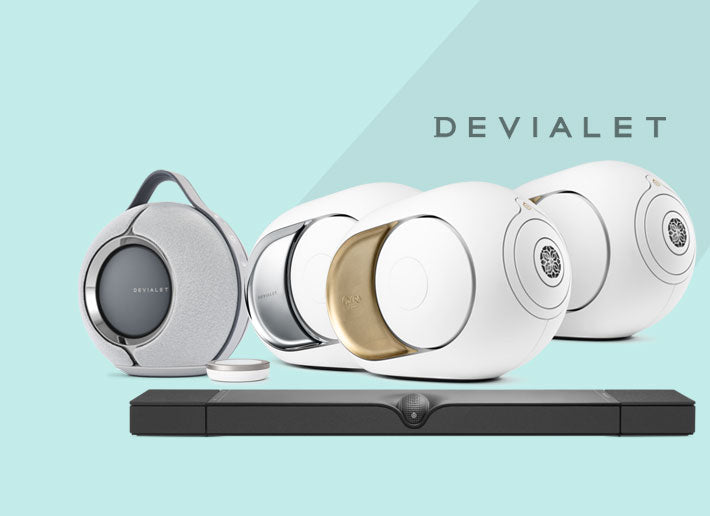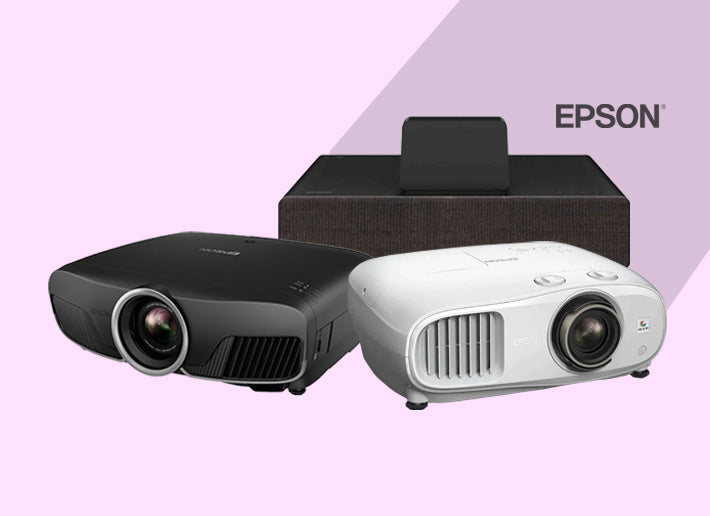
As an audiophile, there’s always a simple desire to get the right speakers that best suit your requirements, and that is why it is essential to choose the right one for your application. We are just like you, as Team Ooberpad is always on the lookout for unique products that enrich and excite us as audio experts, and with a great value proposition that will leave our customers satisfied with the purchase. One common, tricky situation that many music enthusiasts encounter is choosing between studio monitors and high-fidelity home theatre speakers.
There are many myths and misconceptions about the difference between Bookshelf-style Studio Monitors Speakers and Hi-Fi speakers. While on the surface they look the same visually, there is a huge difference; in terms of sound quality, input/output connectivity, and their intended usage or application.
But first, is there a better contender?
Before we delve into the key differences between studio monitors and Home Hi-Fi speakers, let’s address the elephant in the room.
Which is better?
Your personal taste, audio needs, and listening area are the key factors that determine which option is better for you.
Both powered speakers and studio monitors offer plenty to sound enthusiasts. But for a quick comparison, here’s the immediate difference between them.
Studio monitors are designed for professional audio production in commercial or home studios, where accurate sound reproduction is crucial for recording or mixing. They produce a flat frequency response to playback the audio recording exactly, as intended, minus any colouration to the sound.
Bookshelf-style high-fidelity speakers are designed for a more personal, home listening purpose with a key focus on playing back the audio as a pleasant audio listening experience, with a wider coverage area and higher sound output. By design, powered speakers are coloured to sound a specific way.
A glance at the differences between bookshelf speakers and studio monitors
Visually, many of the differences between them aren’t apparent.
So, to facilitate an easy purchase decision, we decided to collate the several differences between powered speakers and studio monitors at a quick glance for you.
| Studio Monitors (also known as reference monitors or near field monitors) |
Home Hi-Fi Speakers |
| Have a flat or linear frequency response, so all audio frequencies are reproduced at the same level. This provides a “blank canvas” or “spotless mirror” letting audio engineers make better mix decisions and correct any errors during recording audio. | Designed to enhance audio quality with rich bass, mids and high-frequency response. |
| Usually powered with built-in audio amplification and mostly sport a two-way or three-way designs. | Have a slightly coloured or brighter output which is aimed to make all your music and movies sound pleasant and exciting. Best fit for multipurpose listening in homes. |
| Some models are bi-amplified or tri-amplified - which means the audio frequencies are separated into bands by an active crossover and then amplified individually for accuracy and efficiency. | These models are designed for louder playback with a focus on a wider throw and coverage. |
| They have professional-grade balanced input connectors such as XLR, ¼” Jack, or RCA. | They are mostly passive which means they require an external amplifier or receiver to reproduce sound. |
| They may also have advanced controls built-in to alter the speaker's output based on the room's acoustics. | These models usually sport binding post, banana plugs, pin plug or spade lugs as input connectors. |
Also, in this video, we are dispelling some major myths and misconceptions about the difference between Bookshelf-style Studio Monitors Speakers and Hi-Fi speakers.
Who should buy the studio monitor speaker?
If you are a sound engineer, musician, DJ, or creative professional looking to record, create or mix music or audio, then you should go for studio monitors.
Who should buy Bookshelf speakers?
If you are a music lover, audiophile, movie buff, gamer, or any user looking for high-quality sound reproduction in your home, then you should go for Bookshelf speakers. We hope this blog helped you understand the difference between studio monitors and home theatre speakers.
In our previous blogs, we have also covered the difference between floor standing and bookshelf speakers. So, if you are wondering whether to use bookshelf speakers or floor-standing speakers, here’s everything you need to compare and contrast them, and why you may choose one over the other.









